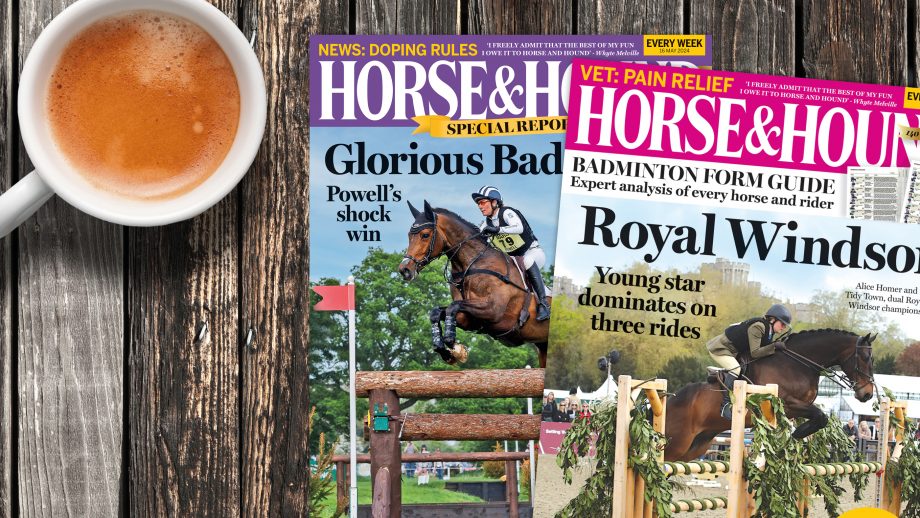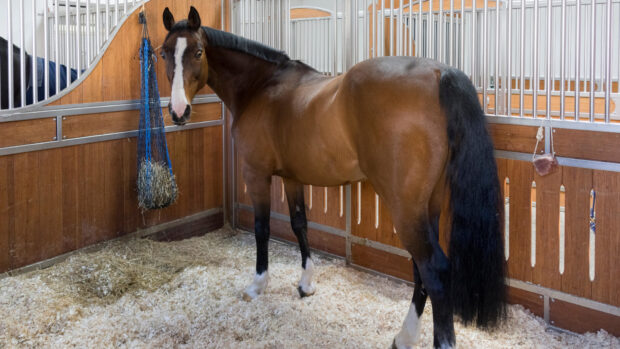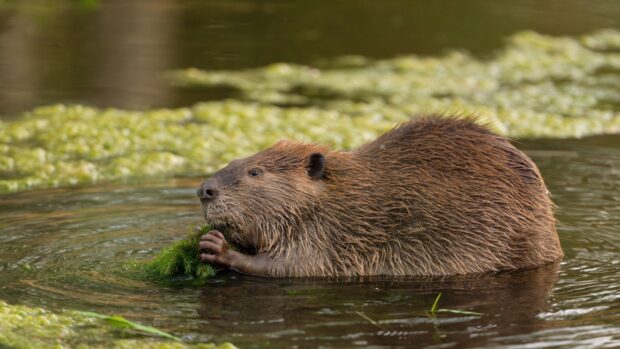A new study has shed light on what equines are trying to communicate with their facial expressions, and is a reminder to “consider the whole horse, not just isolated behaviours, when assessing welfare”.
Researchers at the University of Portsmouth analysed 805 equine facial displays shown with 22 behaviours, observed during horse-to-horse interactions. An ethogram was created to map how horses use their faces to communicate emotions such as playfulness, aggression, curiosity and attention.
The study found that horses use a variety of facial cues depending on the situation – for example, and “contrary to common assumptions, horses often exhibit neutral facial expressions during friendly interactions” instead of pricked ears – and “playful interactions involved a dynamic range of facial movements, including depressed lower lips, wide-open mouths and flattened ears”. Backward-facing ears, dilated nostrils and lowered heads “served as clear signals of aggressive intent”, and when horses are alert or investigating stimuli their ears are “typically forward and adducted”. Additional indications include increased blinking and adjusted head positions.
The researchers also identified a previously undocumented facial movement involving the platysma muscle in the neck.
“This action, which causes the side of the face to tighten and makes the underlying structures become more prominent as a consequence, has only been observed in humans and gibbons, in species with existing facial action coding systems. Its discovery may enhance cross-species comparisons and aid in assessing emotional states and pain in horses,” said the researchers.
Lead researcher Kate Lewis told H&H she was surprised by “how complex and rich the horses’ facial repertoire was”.
“Being able to identify these nuances in the horses’ emotional state or subjective experience can only make us better horse people, whether that be owners, trainers, grooms or vets,” said Dr Lewis, who added that other work is considering horse-human interactions.
“There is such a growing movement to move away from just wanting to avoid pain and suffering towards wanting a positive life for all animals. And I think this really leans into that; we can identify when our horse is having fun or when they’re generally happy. That’s really important, because we want to optimise the amount of time they spend having those experiences.”
Leanne Proops, University of Portsmouth association professor in animal behaviour and welfare and co-author, said the study “opens up new possibilities for understanding equine emotions and improving welfare”.
“This is the first time we’ve been able to systematically document how horses combine facial movements into meaningful expressions,” she said.
“This work is a game-changer for anyone working with horses. It gives us a new lens through which to view and interpret their behaviour, ultimately leading to better care and stronger human-animal relationships.”
World Horse Welfare research and education officer Alana Chapman told H&H the results of this study will help “to interpret horses’ emotional states more accurately, which can only be a good thing”.
“We welcome any research that helps us better understand equine behaviour and can support us in providing a good life for horses. Investment in these types of studies is vital to fully understand how horses think and feel,” she said.
“World Horse Welfare believes in a whole-horse approach when it comes to measuring welfare and the research findings align with this: demonstrating that facial expressions can vary in meaning depending on the situation highlights the importance of considering the whole horse, not just isolated behaviours, when assessing welfare.”
“We look forward to seeing how the findings of this study are translated into practical guidance for those involved in the care of horses, and hope this work will be widely used to support more empathetic, responsive and evidence-based approaches to horse care, training and management.”
Read the full study.
- To stay up to date with all the breaking news from major shows throughout 2025, subscribe to the Horse & Hound website
You may also be interested in:

Horses may learn by ‘eavesdropping’ on humans’ interaction with each other, study finds

Lack of turnout and owner knowledge mean ‘most horses’ do not get what they need

Subscribe to Horse & Hound magazine today – and enjoy unlimited website access all year round




